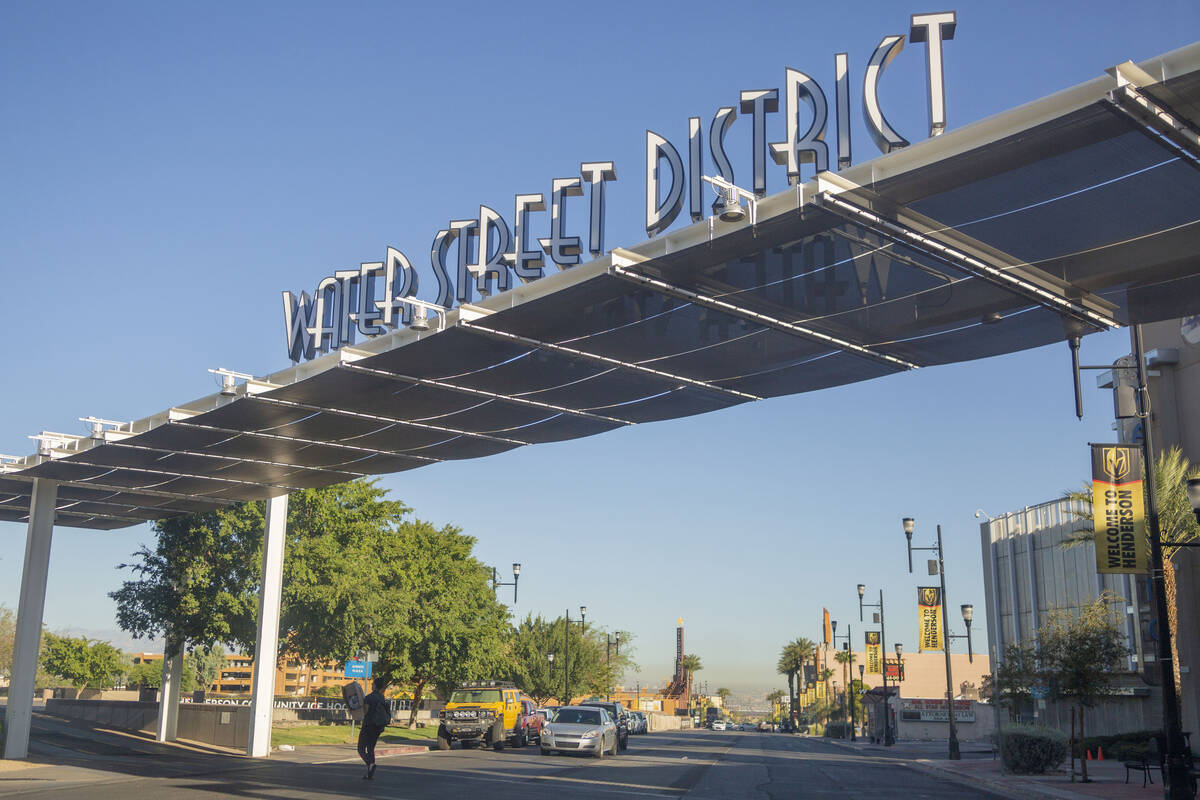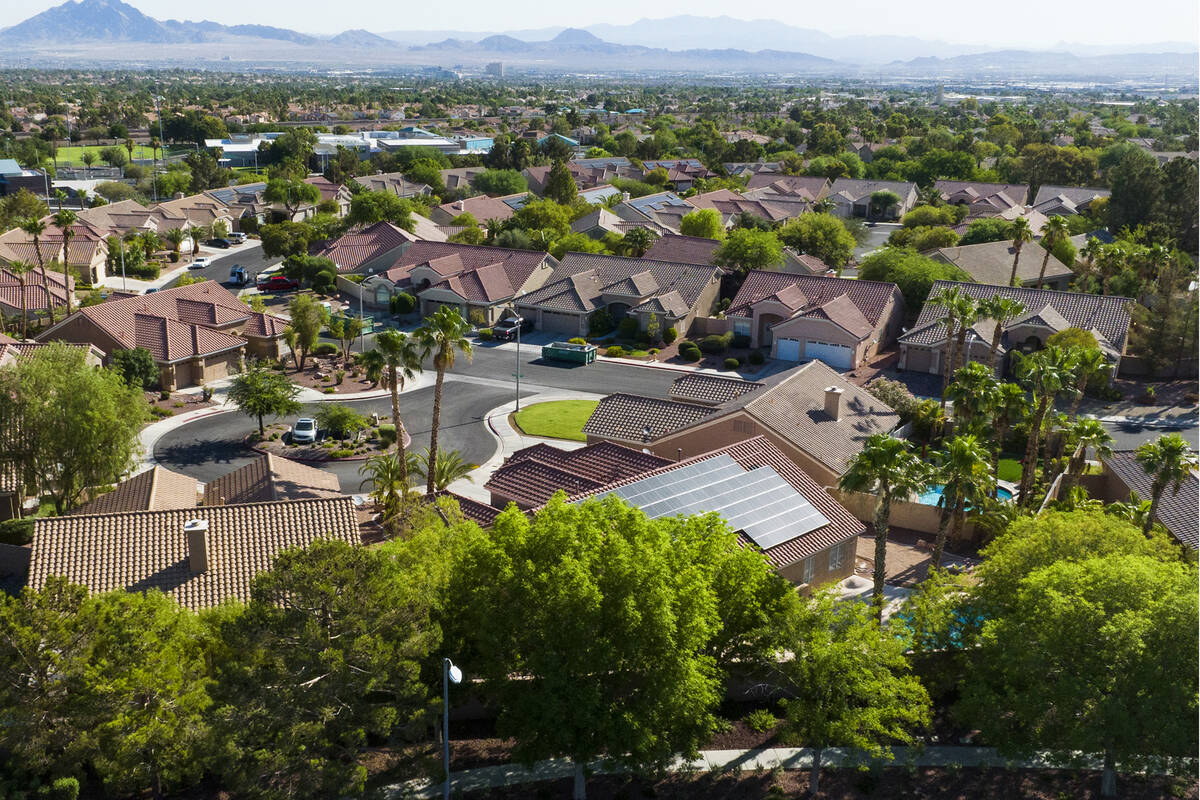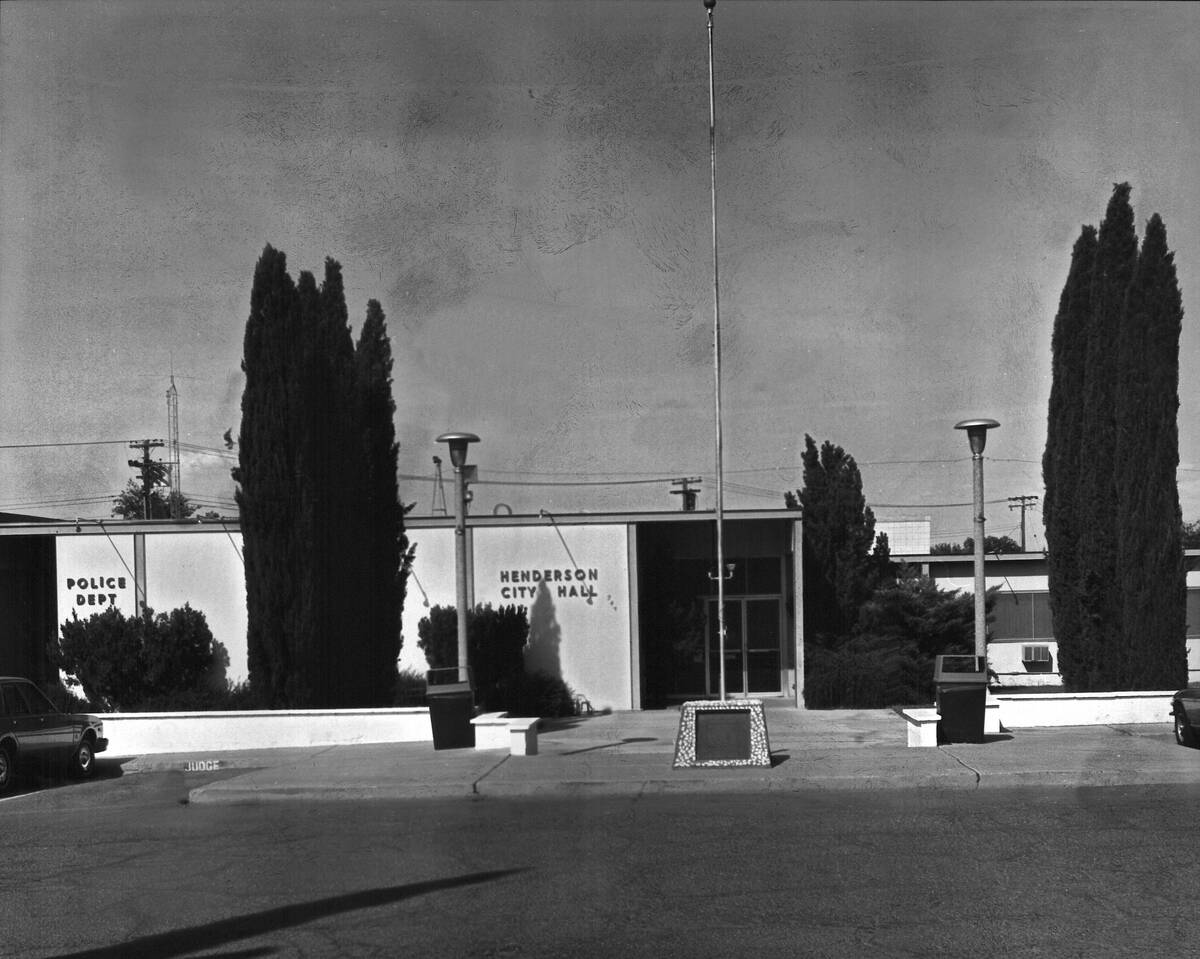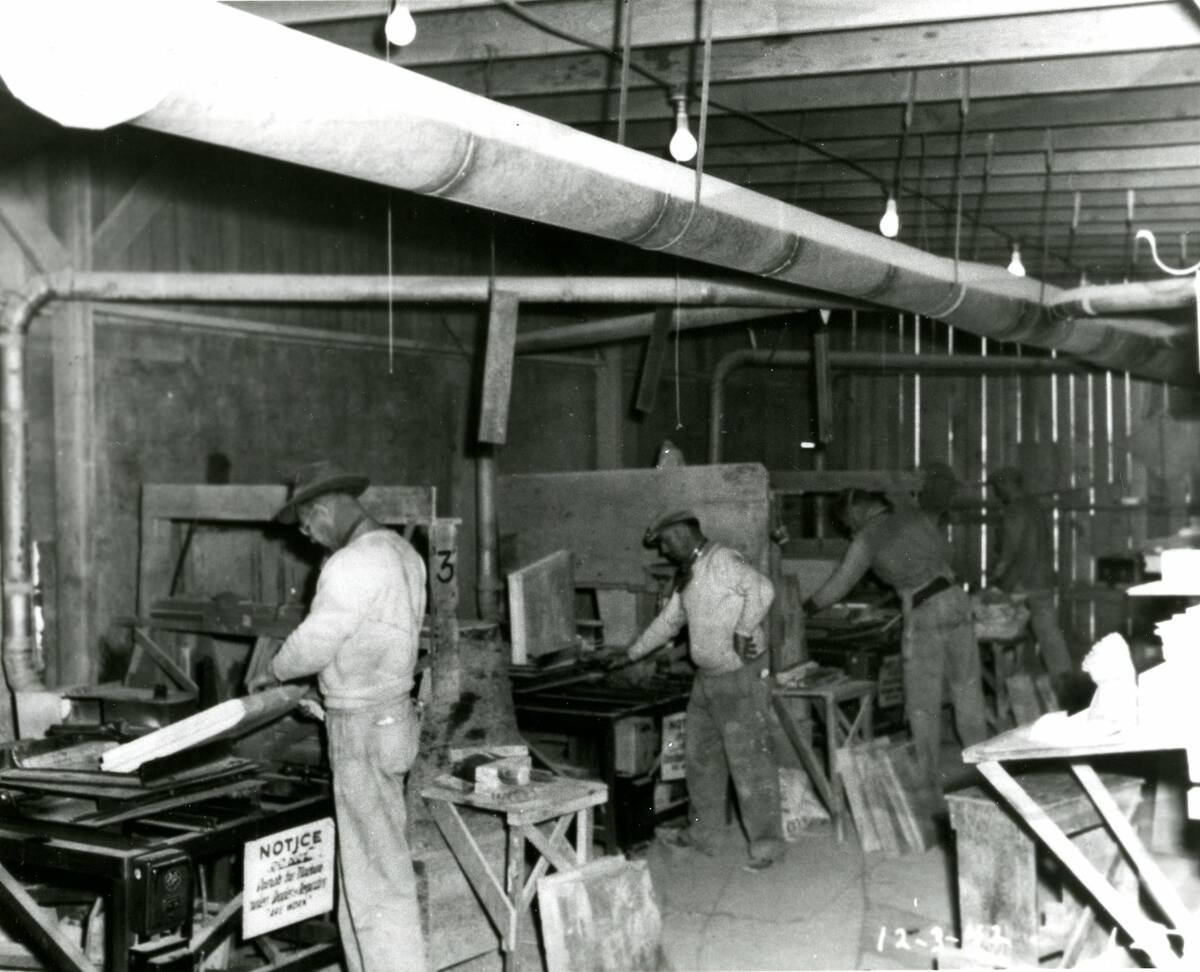Remembering Henderson’s ‘tent and trailer’ beginnings
The history of Henderson goes all the way back to war time and oddly enough, the mining of magnesium for the effort against the Axis powers.
According to the city of Henderson’s website, which extensively details the history, the city was “born in America’s defence” a decade before incorporating during World War II with the building of the Basic Magnesium Plant. The plant was built to supply the United States War Department with magnesium for airplane parts and ammunition as American troops made their way through Europe to Germany.
Former Henderson Mayor Jim Gibson’s grandfather Fred was one of the first engineers to be sent to Great Britain to learn how to make what was known as the “miracle metal.” In 1936, Cleveland businessman Howard Eells got the mineral rights to the magnesium deposits in Gabbs, Nevada, an unincorporated town in Nye County about 350 miles northwest of the Las Vegas.
Eells then got together with then Sen. Pat McCarran and a few other key stakeholders to set up the plant near the source of the ore deposit, and it grew to be the world’s largest magnesium plant during the war.
How Water Street received its name
Water Street, Henderson’s most iconic area, also got its name from the water pipeline used to pump water to the plant, and Henderson Mayor Michelle Romero said it’s recent revitalization has been great to see.
“Water Street has been the heart of our community since our patriotic beginnings supporting our country’s efforts in World War II,” she said. “It’s a legacy that we want to preserve, so I’m proud of our efforts over the last 20 years to restore the historic Water Street District’s vitality and purpose. As a result, the American Planning Association has named it as one of the ‘Great Places in America’ and it is once again a place to gather and contribute to the pulse of our great city.”
After it opened during the war, the magnesium plant “transformed” the desert lands that were located east of the valley into what Henderson’s website described as a “tent and trailer” city. Approximately 15,000 people came from all over the United States to work at the planet, which initially caused a housing shortage. Then in 1942, temporary houses to accommodate the rise of workers moving in were built to house the employees and their families.
In 1944, a post office was set up and named after former Nevada U.S. Sen. Charles B. Henderson. Shortly after, the name of the area was changed from Basic Townsite to Henderson.
However the war ended in 1945 and two years later magnesium was no longer needed for the effort, which meant almost all of the 14,000 employees left. Enrolment dropped by two thirds in the schools in the area and more than half of the houses built for the workers became vacant, and in 1947 the United States War Asset Administration offered Henderson for sale as “war surplus property.”
The Nevada Legislature came in to save the city, looking into the state taking over the administration of the plant, and within days of them visiting the site, politicians unanimously approved a bill which gave the Colorado River Commission of Nevada the right to buy the industrial plants. Gov. Vail Pittman then signed the bill into law on March 27, 1947.
The community continued to grow and various amenities were established such as schools, churches, shops and other retail offerings. The actual city was not officially incorporated until April of 1953, and then in May of that year Henderson elected its first mayor, Dr. Jim French, with a population of 7,140 residents and roughly 13 square kilometers in size.
Contact Patrick Blennerhassett at pblennerhassett@reviewjournal.com.





















